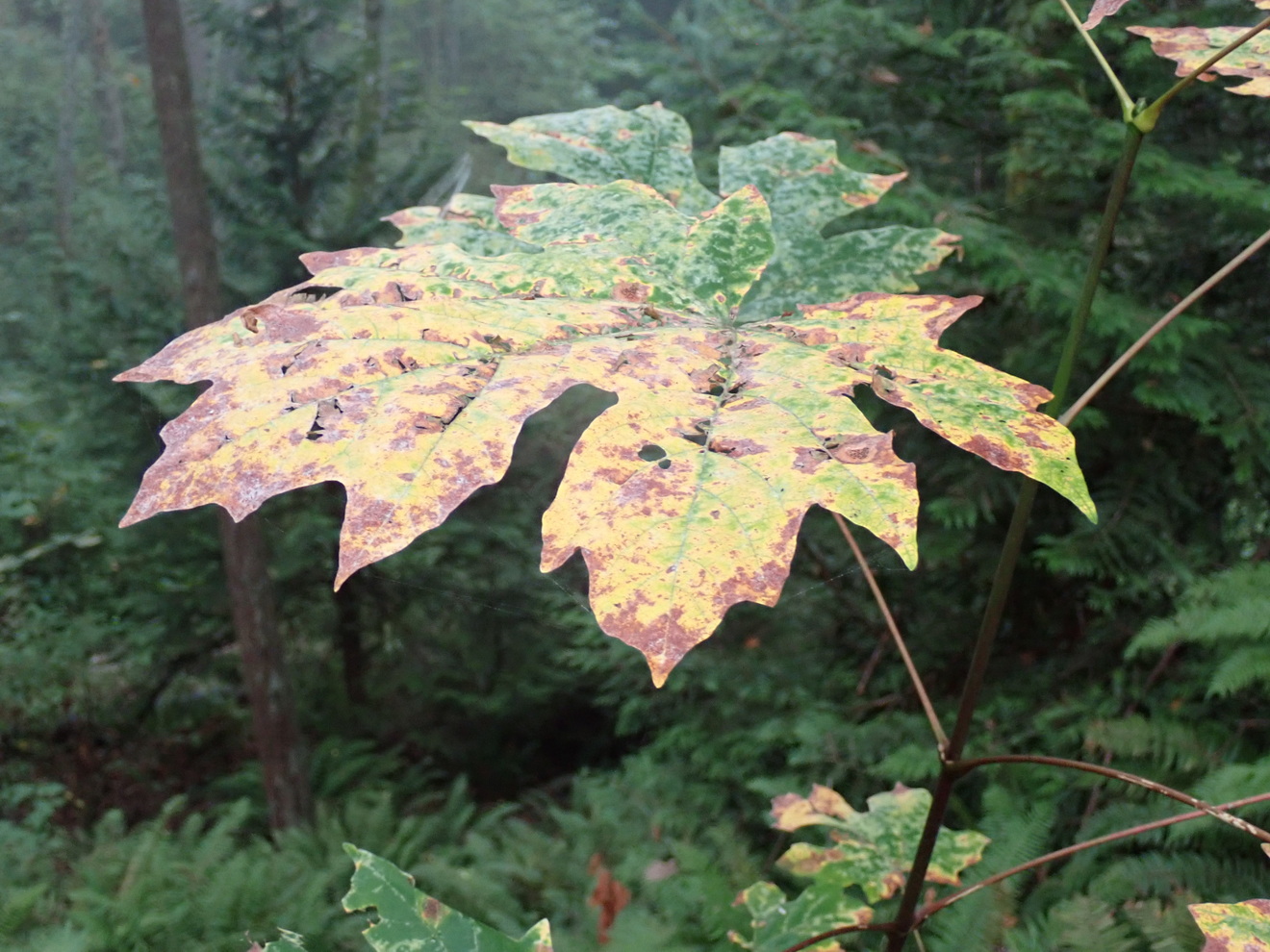Though the fall colors of leaf senescence in our native trees, shrubs, and other perennial plants may be less than spectacular visually, what the colors indicate is stunning — the incredible adaptations of plants to conserve nutrients through resorption.
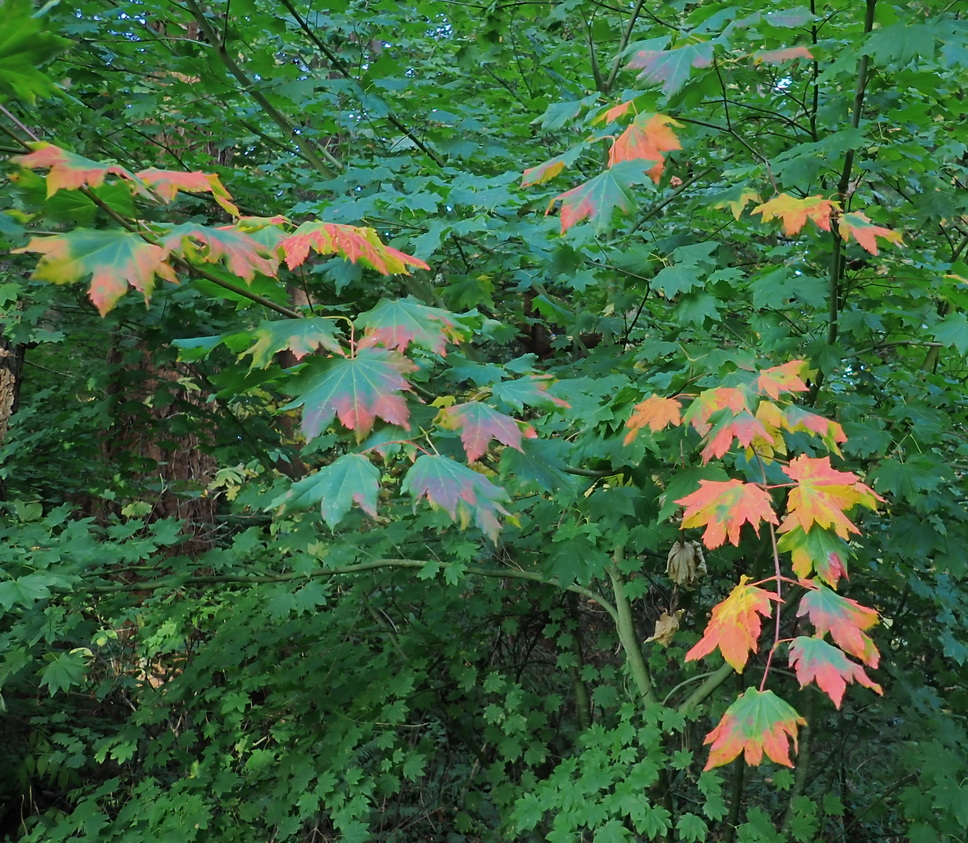
The Resorption of Nutrients
As daylight hours wane and cloud cover increases, photosynthesis becomes less and less productive. Many plants begin to resorb the nitrogen, phosphorous, and various trace minerals from their chloroplasts and export these vital nutrients to their perennial tissues. Stored there over the winter, the nutrients will be readily available to help fuel the burst of growth in the spring. The plants that have evolved this amazing adaptation have obvious advantages over those that have not, especially in nutrient-poor soils.

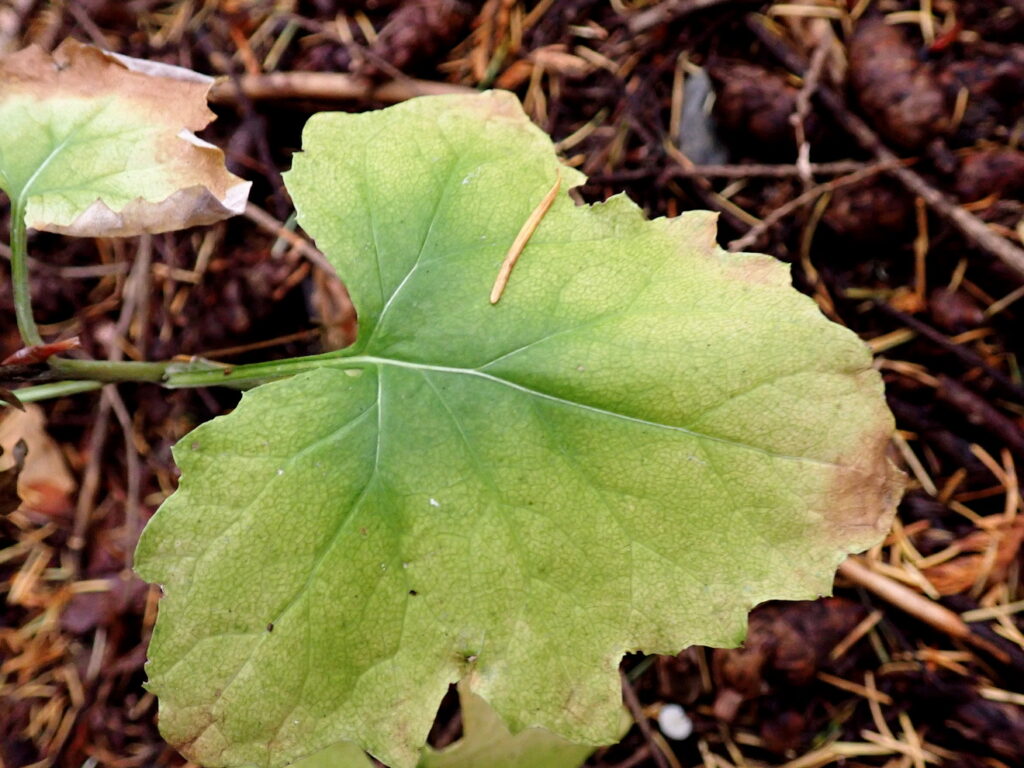
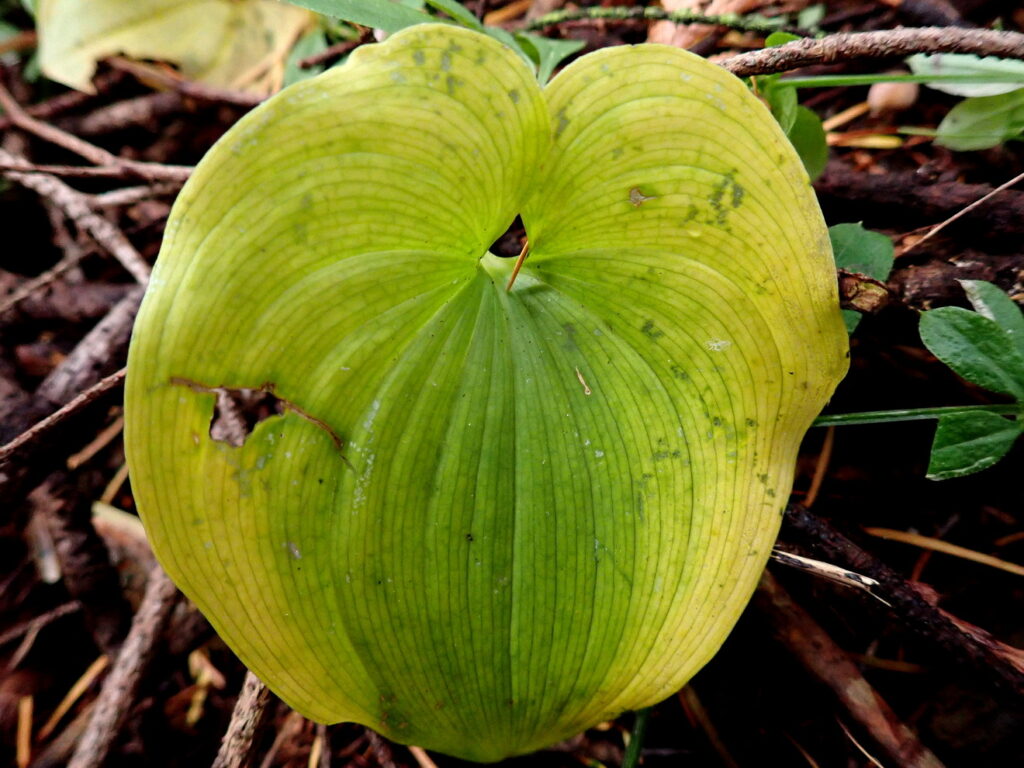
What Triggers Leaf Senescence?
For many species, leaf senescence is primarily triggered by the autumnal decline in daylight hours. The resorption process is orderly, but it takes time. Apparently, natural selection has favored starting earlier, and more predictably – a tradeoff between the modest gains of prolonging photosynthesis and the risk of unpredictable events, like early hard freezes, that would prematurely stop resorption.
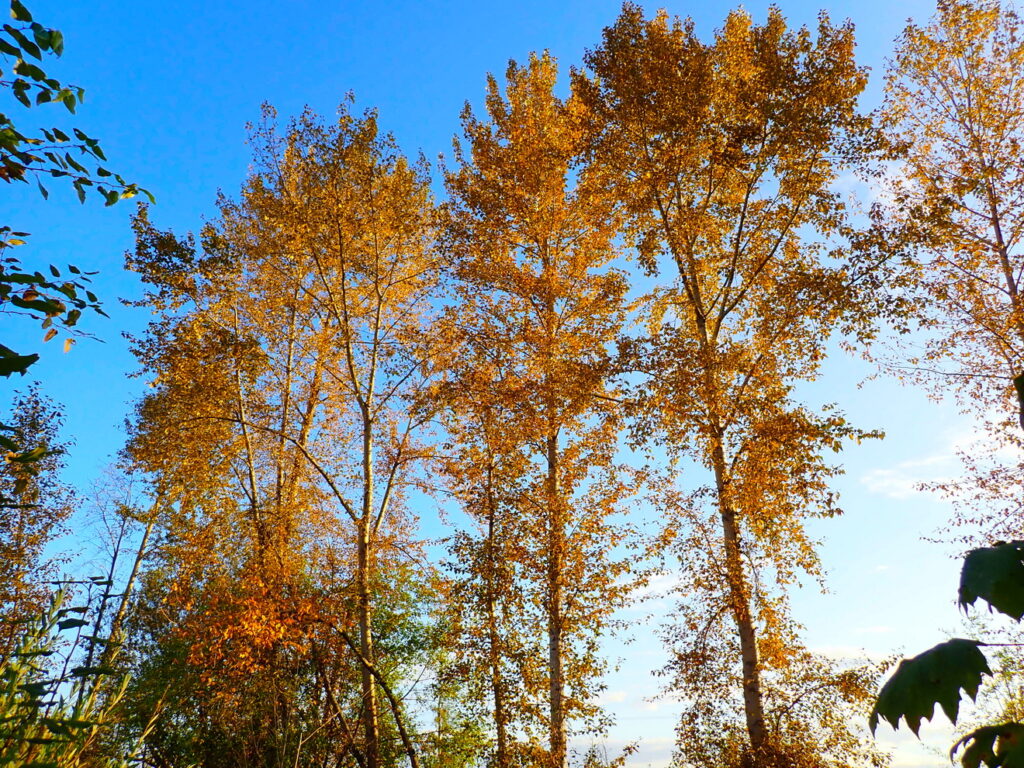
Why Don’t the Leaves Drop Sooner?
To continue exporting nutrients during the breakdown of the chloroplasts, the phloem system of each leaf remains intact until most of the nutrients have been resorbed, the abscission layer at the base of the leaf stalk degrades, and the leaf drops.
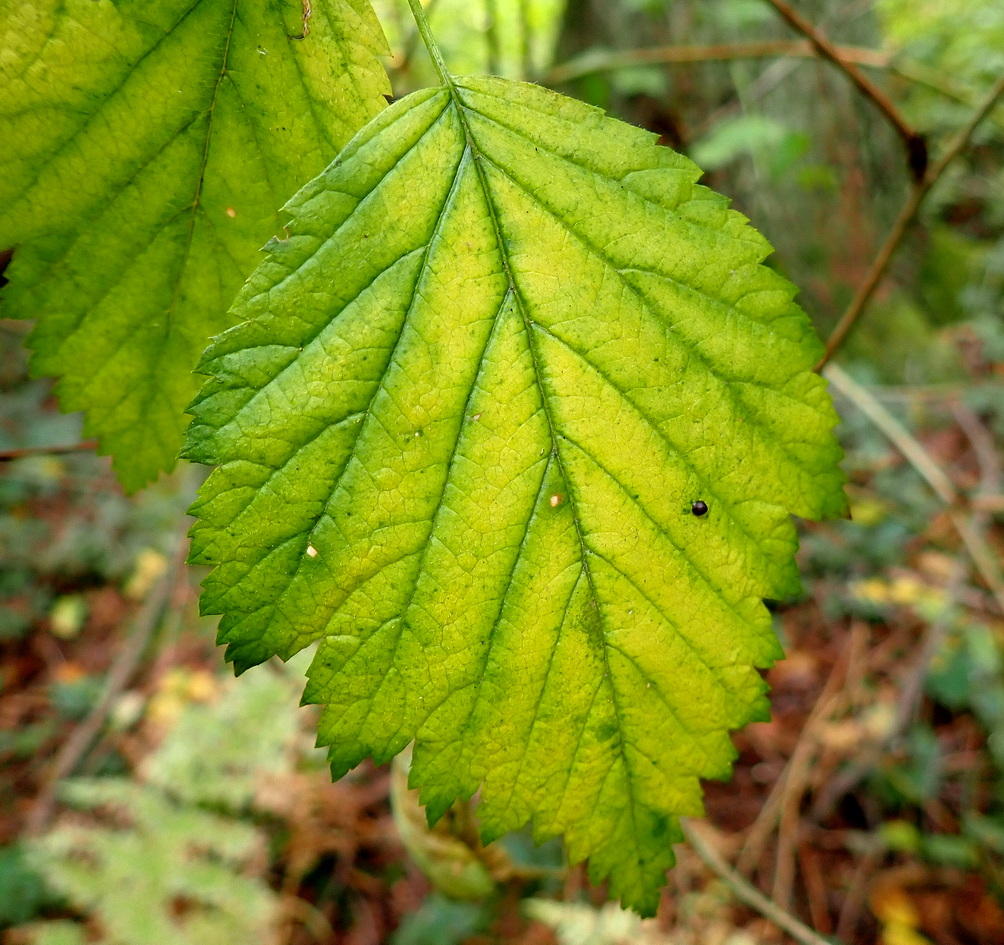
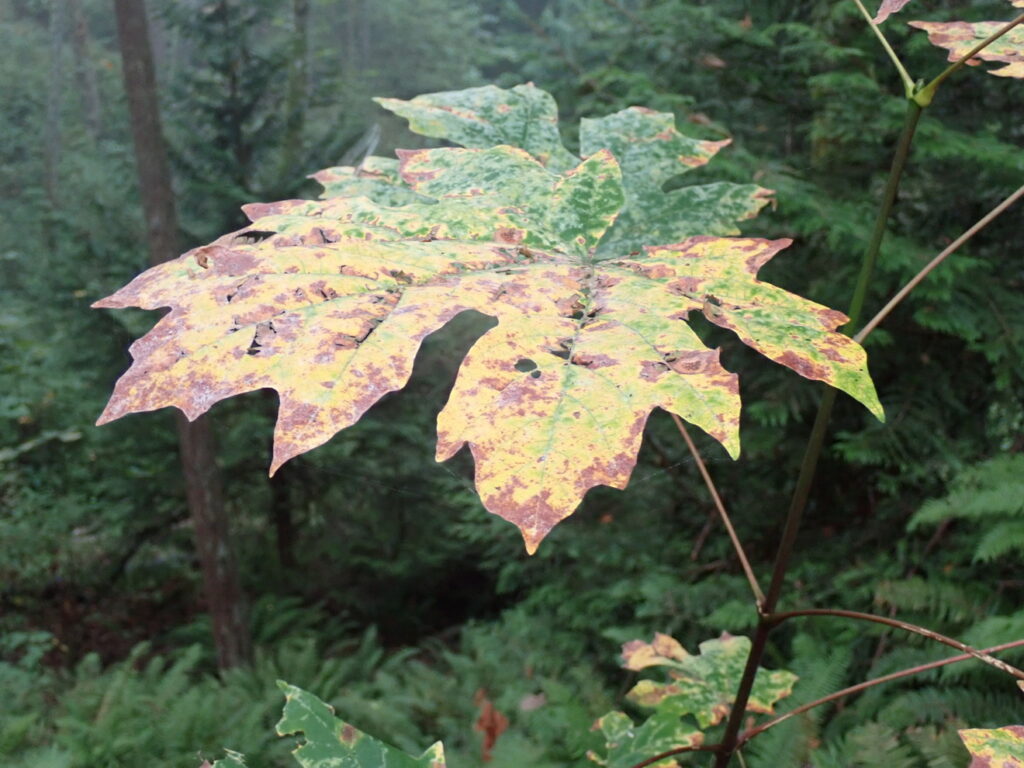
Changing Colors
I suspect many readers already know that the yellows and oranges of fall come from carotenoids that were already in the leaves but were masked by chlorophylls.
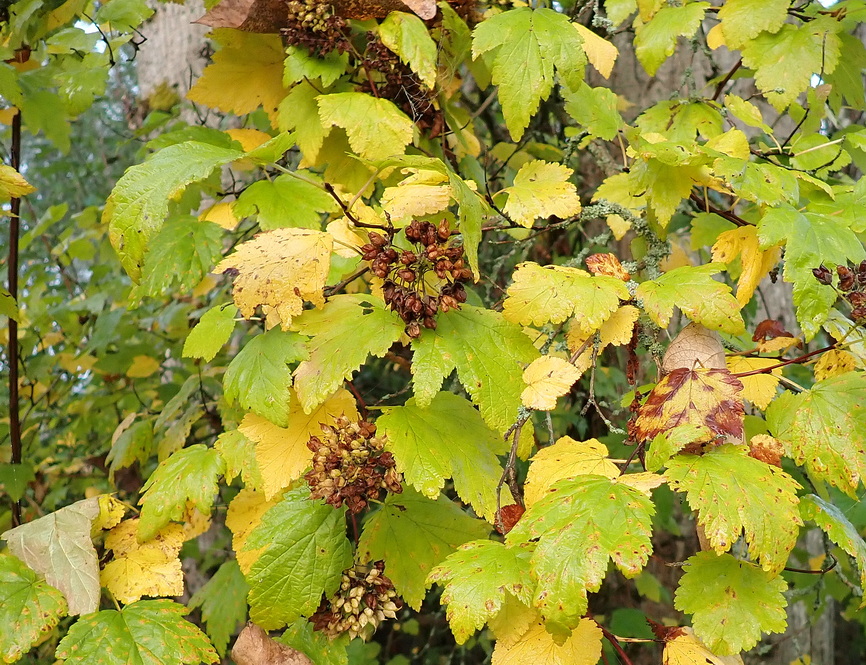
In some woody plants, for purposes not fully understood, red-colored anthocyanin pigments are newly produced by the leaves during senescence.
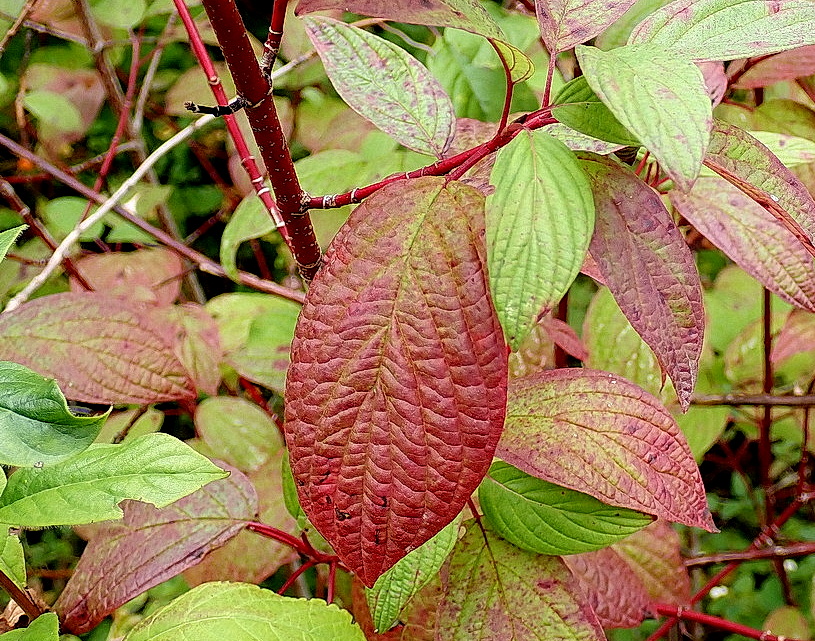
Why the Alder Stays Green
Since alders fix their own nitrogen, they have less need to go through the resorption process. They can continue to photosynthesize (and stay green) until other factors trigger the degradation of their abscission layers.

